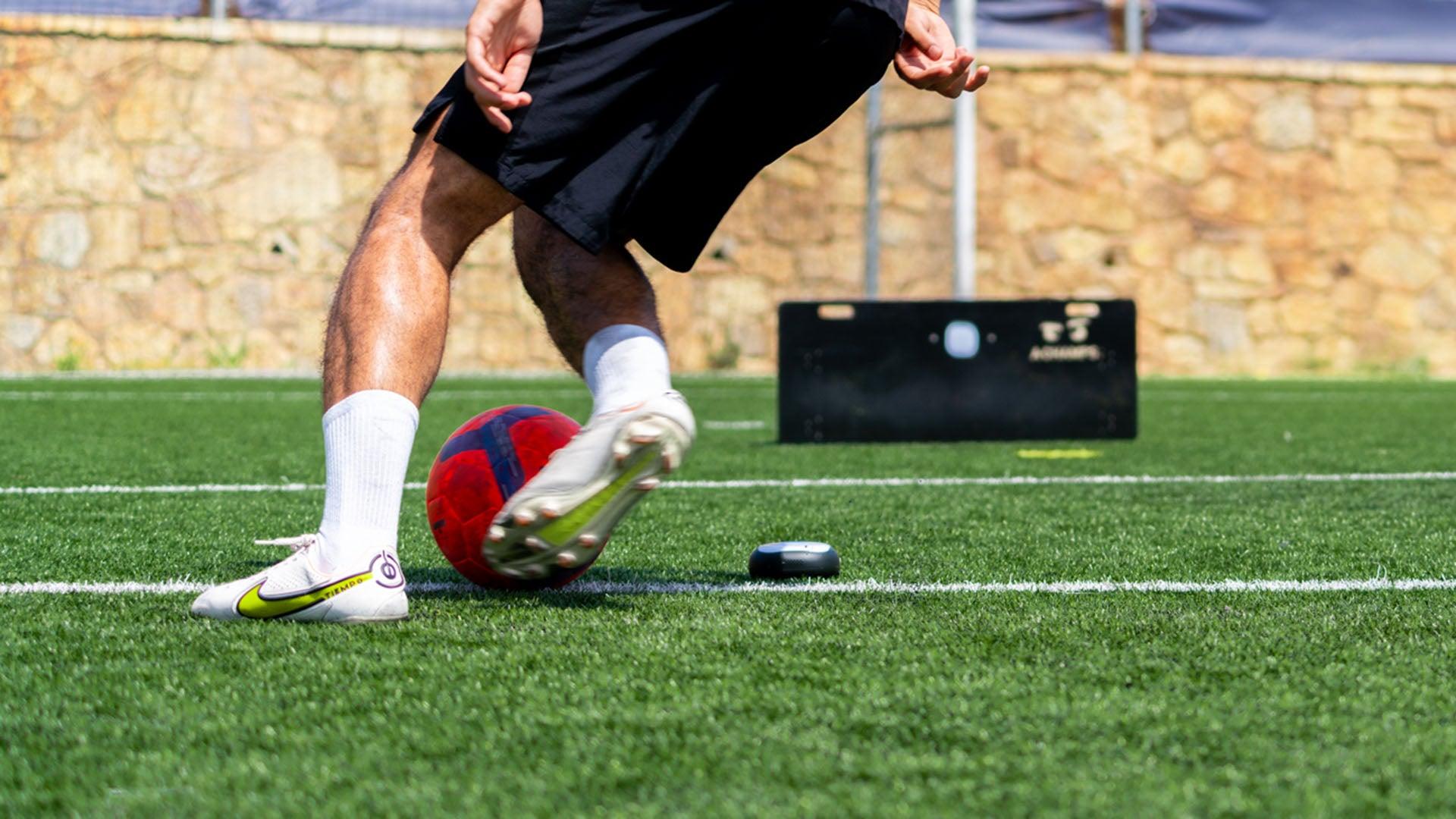Structure, Roles & Training Tips
The 4-2-3-1 soccer formation is one of the most balanced and flexible setups in modern football. It combines solid defense with attacking creativity and supports both quick transitions and controlled possession. Coaches use it at every level—from youth to elite—to build structure and flow.
Understanding the 4-2-3-1 Formation
The 4-2-3-1 uses four defenders, two defensive midfielders, three attacking midfielders, and one striker. This layout gives teams strong coverage across the pitch—especially through the central areas—while staying compact when defending.
- Four defenders: Protect the wings and organize the back line.
- Two defensive midfielders (double pivot): Maintain balance, recover possession, and start attacks.
- Three attacking midfielders: Create chances, stretch the field, and link with the striker.
- One striker: Leads the press and finishes attacking moves.
This system can shift into a 4-3-3 or 4-4-1-1, adapting easily to different phases of play. Learn more in Coachbetter’s breakdown of the 4-2-3-1 formation.
Why the 4-2-3-1 Formation Works
This setup creates numerical advantages in key zones. The compact midfield helps in defensive transitions, while the front four maintain constant attacking pressure. Players can switch play quickly to stretch the opponent and control possession.
Top sides like Real Madrid and Germany’s World Cup squad have used this shape to control tempo and territory. For a deeper dive, read BuildLineup’s tactical analysis.
How to Train the 4-2-3-1 Formation
Players need awareness, speed, and precision to make this formation work. Training should mimic real-game transitions and create numerical overloads in attack. Use modern training equipment to simulate real match scenarios.
Recommended Drills:
- Two-touch passing with ROX lights to improve timing and decisions.
- High-pressing exercises to sharpen reactions and coordination.
- Switch-of-play drills for wide players and full-backs to maintain width.
- Crossing and finishing routines to connect midfielders with the striker.
Enhance sessions with ROXPro and the ROXPro App to improve decision-making and cognitive speed.
The Double Pivot: Control and Stability
The “double pivot” defines the 4-2-3-1. These two defensive midfielders control tempo, maintain compactness, and connect defense with attack. Their ability to win and distribute the ball is vital for smooth transitions.
See Coaches’ Voice: Double Pivot – Football Tactics Explained for examples.
The Attacking Trio: Creativity and Movement
The three attacking midfielders bring unpredictability through quick combinations and intelligent positioning. The central playmaker controls tempo, while wide players stay near the touchlines to stretch defenses and find open spaces.
Key Attacking Tips
- Encourage full-backs to overlap for extra width and better switches of play.
- Use diagonal runs to gain numerical superiority in attack.
- Let the striker drop deep to connect play and open lanes.
Read JobsInFootball’s tactical guide for more on how elite coaches adapt this shape to modern football.
Physical and Mental Readiness
Every player must react quickly as play shifts. Using ROXProX or reaction-based drills builds focus, agility, and coordination during defensive transitions and counterattacks.
Learn more about how holding midfielders shape today’s game in The Guardian’s tactical analysis.
Common Weaknesses of the 4-2-3-1 Formation
- Vulnerable on the flanks if full-backs push too high.
- The central playmaker can become isolated if defensive midfielders sit too deep.
- Maintaining shape during high pressing requires strict discipline.
FAQs: The 4-2-3-1 Formation
What makes the 4-2-3-1 so popular?
It balances defense and attack, giving flexibility in transitions and player movement.
Is the 4-2-3-1 suitable for youth teams?
Yes. It teaches spacing, structure, and how to build play through the midfield.
How does the double pivot help?
It ensures stability in defense while starting attacking moves through smart passing.
Conclusion: Mastering the 4-2-3-1 Formation
The 4-2-3-1 soccer formation gives teams both structure and creativity. By mastering defensive transitions, improving switches of play, and applying reaction-based training with A-Champs ROX, players develop smarter, faster decision-making on the field.
Start Training Smarter
Boost your team’s tactical awareness and reaction speed with A-Champs Training Systems. Explore drills, equipment, and digital tools to master modern soccer formations.





Leave a comment
This site is protected by hCaptcha and the hCaptcha Privacy Policy and Terms of Service apply.